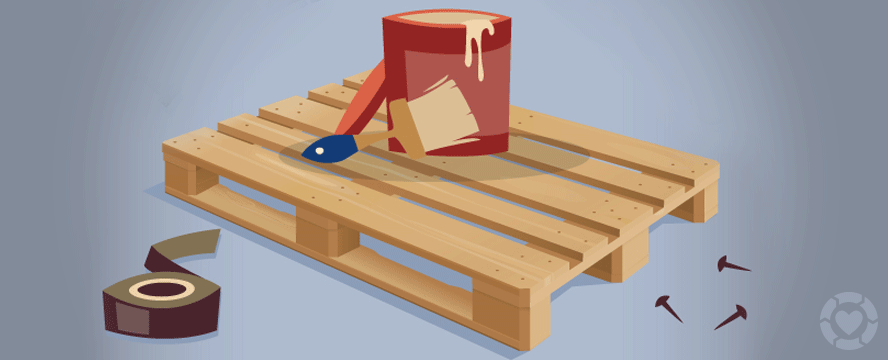Introduce The Remarkable Exploration Of Restoring Old Cupboards, Uncovering Neglected Stories And Deciphering The Enigmas Of Yesteryears
Introduce The Remarkable Exploration Of Restoring Old Cupboards, Uncovering Neglected Stories And Deciphering The Enigmas Of Yesteryears
Blog Article
Web Content Author-Gorman Donnelly
To begin the journey of recovering antique cabinets, you require a keen eye for detail. Think of uncovering concealed tricks within each layer of history ingrained in the wood. Picture the contentment of restoring a once-forgotten piece to its former magnificence. https://www.housedigest.com/1020412/tips-to-help-prep-your-home-for-a-renovation/ of this meticulous process holds the vital to protecting the past while developing a future antique. So, are you ready to start this transformative venture and unlock the potential of your antique cabinets?
Analyzing the Closet's Condition
When starting the restoration process, start by evaluating the condition of the antique cupboard. Carefully check out the general structure for any kind of indications of damage such as fractures, chips, or loose joints. Check the wood for any rot, bending, or insect invasion that might have taken place over time. It's important to identify the degree of the repair required prior to proceeding further.
Next, examine the cupboard's hardware such as hinges, knobs, and locks. Make note of any type of missing pieces or components that require repair work or substitute. Guarantee that all equipment is functioning correctly and securely connected to the cabinet.
In addition, evaluate the cupboard's surface. Look for any kind of scratches, spots, or staining that may impact the aesthetic allure. Identify if the coating needs to be stripped and reapplied or if an easy touch-up will be adequate.
Gathering the Required Devices and Materials
After examining the problem of the antique cupboard, the next action is to collect the necessary tools and products for the remediation process. Prior to you start, ensure you have the complying with things available:
- wood cleaner
- sandpaper in numerous grits
- wood filler
- paint or timber discolor
- brushes
- handwear covers
- safety and security goggles
- a dirt mask
- a ground cloth
- a putty blade
- a hammer
- a screwdriver
- a hoover
These tools and materials are important for a successful reconstruction.
Timber cleaner is essential for removing years of dust and gunk accumulation, preparing the surface for sanding. Sandpaper of various grits assists in smoothing out blemishes and preparing the timber for a new surface. Wood filler is handy for repairing any kind of cracks, openings, or dents existing in the cupboard.
Paint or wood tarnish, together with brushes, allow you to tailor the cabinet to your choice. Keep in look at this now to use gloves, safety goggles, and a dust mask for protection. Lay down a ground cloth to shield your work area, and use a vacuum to clean up any kind of debris.
With these tools and materials gathered, you're ready to start the remediation procedure.
Performing the Repair Refine
To successfully execute the remediation procedure on your antique cabinet, start by thoroughly cleaning the surface with the timber cleaner. This step is crucial as it helps get rid of years of dust, crud, and old polish that might have accumulated on the surface.
When the closet is clean and completely dry, examine the problem of the timber. Try to find any type of cracks, scratches, or other damages that need to be resolved. Usage timber filler to fix any imperfections, making certain to match the filler color to the wood tone for a seamless finish.
After the repair services have actually dried out, delicately sand the whole surface area to produce a smooth and also base for the new surface. Beware not to sand as well strongly, as you do not intend to damage the timber below.
When the sanding is complete, use a timber stain or end up of your option, following the manufacturer's directions. Permit the finish to completely dry completely prior to using a protective leading coat to make sure the durability of your recovered antique cabinet.
Conclusion
Now that you have actually finished the restoration procedure, your antique cabinet looks comparable to new.
By complying with the step-by-step guide, you had the ability to examine, fix, and enhance its problem effortlessly.
With a fresh finish and safety leading layer, your treasured piece will certainly continue to beam for several years ahead.
Enjoy the appeal of your restored antique cupboard!
